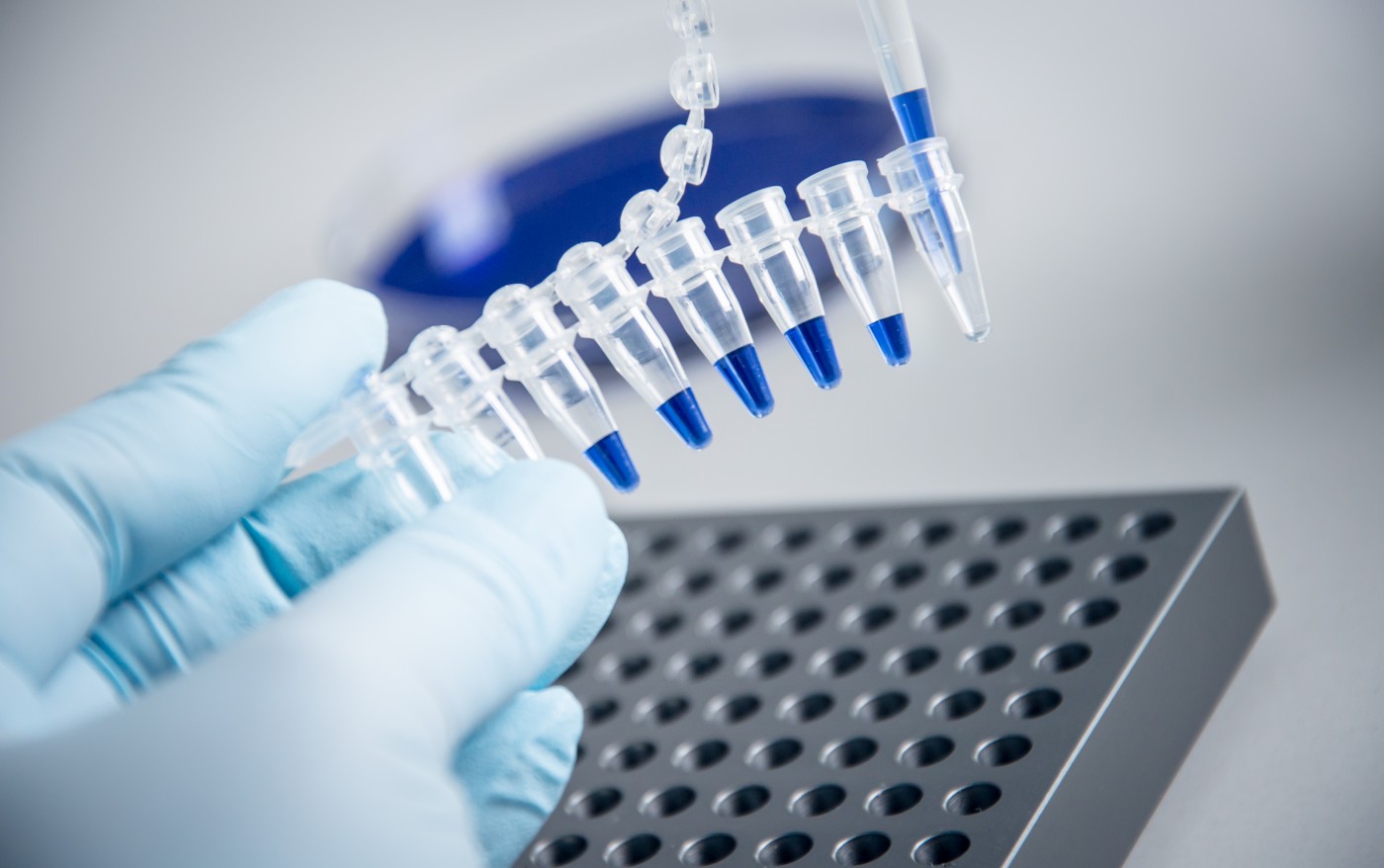New PCR Method Helps Determine SMA Type

 Determining the exact mutations responsible for spinal muscular atrophy (SMA) can be difficult. The condition is caused by complete deletion of the gene for survival motor neuron 1 (SMN1) in 95% of SMA patients. In the other 5%, only one copy of SMN1 is missing, and the other copy harbors an intragenic mutation. The number of copies of SMN2 can contribute to disease severity, which ranges from the mild childhood form SMA type III (Kugelberg-Welander disease) to the severe childhood form SMA type I (Werdnig-Hoffmann disease). Adults with SMA are considered to have SMA type IV and present with symptoms after age 20.
Determining the exact mutations responsible for spinal muscular atrophy (SMA) can be difficult. The condition is caused by complete deletion of the gene for survival motor neuron 1 (SMN1) in 95% of SMA patients. In the other 5%, only one copy of SMN1 is missing, and the other copy harbors an intragenic mutation. The number of copies of SMN2 can contribute to disease severity, which ranges from the mild childhood form SMA type III (Kugelberg-Welander disease) to the severe childhood form SMA type I (Werdnig-Hoffmann disease). Adults with SMA are considered to have SMA type IV and present with symptoms after age 20.
When individuals are suspected of being affected by SMA, they are sent for genetic screening to detect SMN1 deletions. If none are detected, then SMN1 copy number analysis and intragenic mutation screening are performed to determine the cause of symptoms. Copy number analysis is typically performed by real-time polymerase chain reaction (PCR) and multiplex ligation-dependent probe amplification, two methods that can quantify relative amounts of genetic material inside cells. Intragenic mutation screening is more difficult to perform and interpret due to the high degree of similarity between SMN1 and SMN2, but is conducted via reverse-transcription PCR of mRNA transcripts or long-range PCR of genomic DNA bases. Neither of these two techniques is able to detect intronic mutations.
A research team at Tokyo Women’s Medical University in Japan recognized the drawbacks of these current methods and set off to overcome the identified problems. “We have developed a more efficient and broadly applicable method using long-range PCR for specific amplification of SMN1,” wrote lead author Dr. Yuji Kubo in the study “A New Method for SMN1 and Hybrid SMN Gene Analysis in Spinal Muscular Atrophy Using Long-Range PCR Followed by Sequencing,” published in Journal of Human Genetics.
[adrotate group=”3″]
Dr. Kubo was joined by Drs. Hisahide Nishio and Kayoko Saito in experiments conducted with 20 SMA patients’ genetic material. Together, the team conducted SMN copy number analysis using their newly-developed method of long-range PCR with subsequent sequencing. Results of the study uncovered a novel mutation in SMN1 exon 1 that affected three unrelated patients.
“We thus confirmed a novel mutation in SMN1 exon 1 in three patients with SMA type III who also had an SMN1 deletion allele,” wrote Dr. Kubo. “Moreover, we confirmed three hybrid SMN gene types in eight patients.” Finding new mutations in patients with different forms of disease is important to make accurate prognoses to future patients with similar mutations. Treatment interventions may be better suited to some forms over others, implying that knowing the type of mutations that exist in patients with SMA may lead to improved quality of life.







